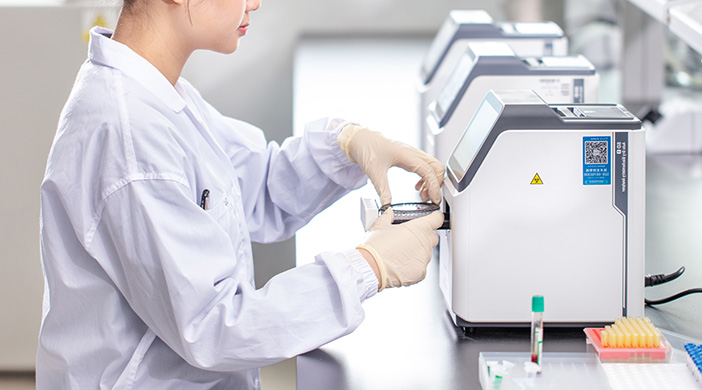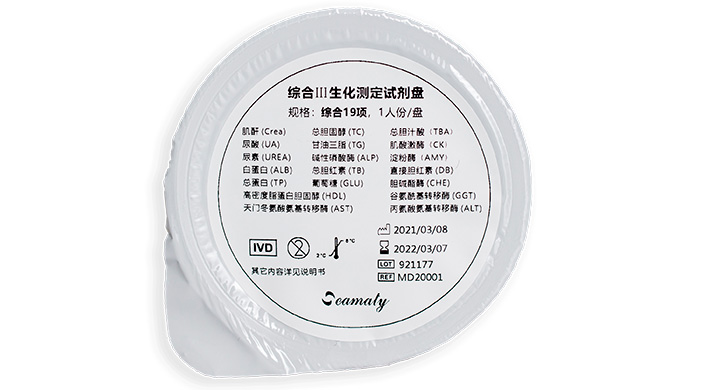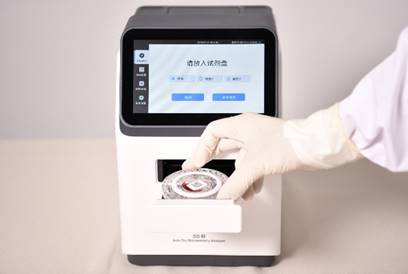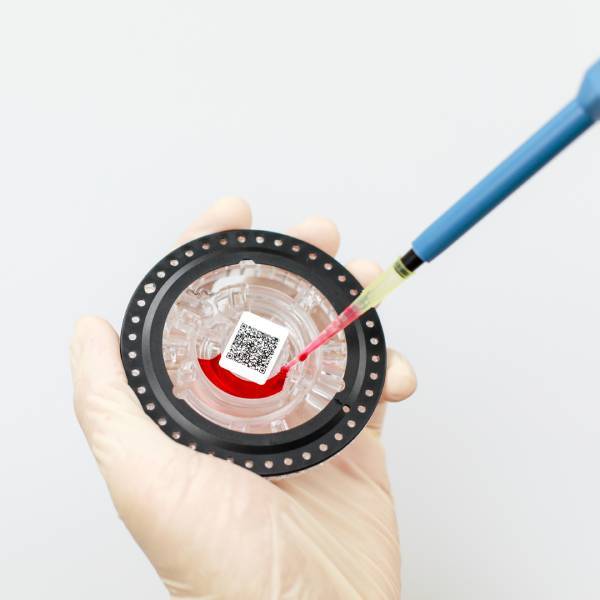Biochemistry analyzer is a very important equipment in medical laboratory, it can quickly and accurately test a variety of items, including liver function, kidney function, blood glucose, lipid analysis and other biochemical projects that need to be carried out. It can quickly and accurately test a variety of items, including liver function, kidney function, blood glucose, lipid analysis and other biochemical projects that need to be carried out.
Now there are a variety of biochemical analyzers on the market, and many people want to introduce a biochemical analyzer, do not know how to choose. Today with Seamaty to see what classification of biochemical analyzers it! We hope to give you a reference when choosing a biochemical analyzer, and it will help.
1.According to the degree of automation of biochemical analyzers.
1) Semi-automatic biochemical analyzer
In the analysis process (such as sample addition, holding, inhalation colorimetric, results recording and other steps) part of the operation needs to be done manually, while other operations can be done automatically by the instrument, this type of instrument is called semi-automatic biochemical analyzer.
2) Fully automatic biochemical analyzer
The entire process from sample addition to results is completed automatically by the instrument, the operator only needs to put the sample on the specific position of the analyzer and select the program to start the instrument to take the test report without manual intervention during the period, this type of instrument is called fully automatic biochemical analyzer.
2. According to the structure and principle of biochemical analyzer
1) Continuous flow type (pipeline type)
It means that the chemical reaction of each sample to be tested and reagents mixed in the same pipeline is completed after the determination of the same item. This is the first generation of automatic biochemical analyzer.
2) Discrete
It means that the chemical reactions of each sample to be measured mixed with reagents are completed in their respective reaction cups.
3) Centrifugal
It means that each sample to be tested is mixed with reagents in its respective reaction tank under the action of centrifugal force to complete the chemical reaction and determine it, and it has a high analytical efficiency because the mixing, reaction and detection are done almost simultaneously.
4) Dry film type
It means that the reagents are solid phase on the carrier such as film or filter paper sheet, and each sample to be tested is added dropwise on the corresponding test strip for reaction and determination. Quick operation and portability are its advantages.
5) Bag type
It means that the reaction cup and colorimetric cup are replaced by reagent bags, and each sample to be measured reacts and is measured in its own reagent bag.
3. According to the matching of reagents and instruments.
1) Closed system
Instruments and reagents are sold and used in a bundle, generally the instrument manufacturer specifies the brand of reagents, and no other manufacturers' reagents can be used.
2) Open system
The instrument and reagents are sold and used separately, the instrument manufacturer does not specify the reagent brand, the user can freely choose.
4. In accordance with international speed measurement practices.
1) Small-sized instruments
Small-sized instruments are generally single-channel, small, simple to operate, do not occupy space, widely used in rehabilitation centers, emergency medical rescue, navigation, hospital laboratory, elderly centers, ambulances, intensive care, hospital emergency and other scenarios.
2) Medium-sized instruments
Medium-sized instruments are generally multi-channel, often can measure 2 to 10 items at the same time, some instruments to determine the project can not be arbitrarily selected, some can be arbitrarily selected.
3) Large-sized instruments
Large-sized instruments are generally multi-channel instruments can measure more than 10 items at the same time, and the analysis items can be freely selected.
5. According to the biochemical analyzer reaction principle.
1) Wet biochemical analyzer
The principle of wet chemical method of determination is based on Lambert-Beer law, the reaction carrier is an aqueous solution, the incident light is absorbed by the colored reaction products and then attenuated, and the magnitude of the concentration of the measured substance is reflected by the magnitude of absorbance.
2) Dry biochemistry analyzer
Dry chemistry, also known as solid-phase chemistry, uses a solid-phase reagent technique with a multilayer film. As long as the liquid sample is added directly to the reagent carrier that has been solidified in a special structure, i.e., the reagent of dry chemistry, the water in the sample is used as a solvent to dissolve the reagent solidified in the carrier and then chemically react with the components to be measured in the sample, so as to carry out the analytical determination and finally arrive at the concentration or activity of the object to be measured.




